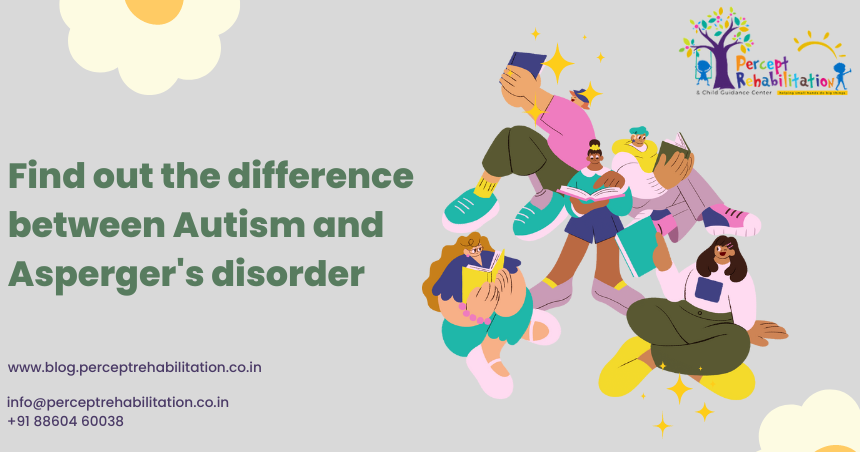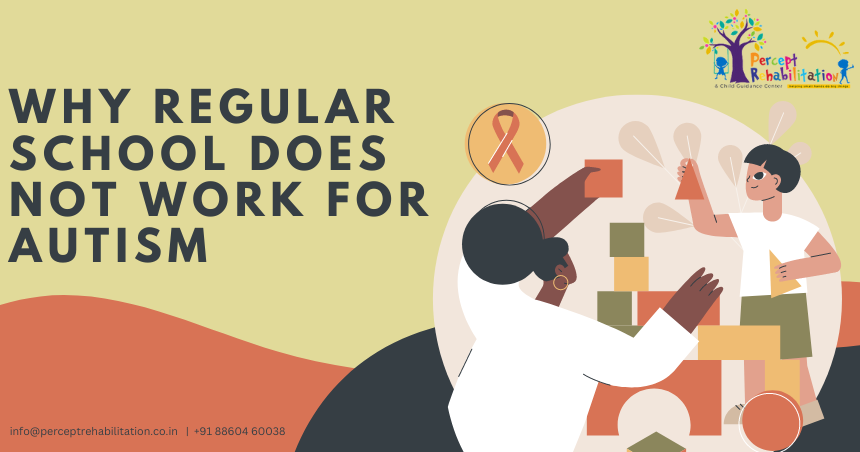Asperger’s syndrome is characterised by less severe symptoms and higher functioning when compared to autism.
Asperger’s syndrome patients can have very high functional levels and successful jobs, yet they struggle greatly in social situations. Although their linguistic usage can occasionally be characterised as peculiar or unusual, these patients’ language abilities can be on par with peers.
Autism and Asperger’s syndrome can both affect a person’s behaviour, like how a person behaves, builds relationships and interacts socially, in the past doctors used to diagnose Asperger’s syndrome and Autism separately. However, since 2013, both are now considered part of the broader autism spectrum disorder (ASD) diagnosis.
All mental health professionals use a manual which is published by the American Psychiatric Association to diagnose conditions related to mental health. Diagnostic and Statistical Manual of Mental Disorders, 5th edition (DSM-5) is the most recent edition of this manual, which includes Asperger’s under the ASD diagnosis. Before this doctors looked for specific criteria to diagnose Asperger’s syndrome.
Today in this article we will learn detailed information about Asperger’s syndrome, autism, how doctors now diagnose ASD, and what life is like for individuals with an ASD diagnosis.
What is Autism Spectrum Disorder?
Autism spectrum disorder (ASD) refers to a group of neurodevelopmental conditions that affect brain development. Individuals with ASD often face difficulties with communication skills, social interactions, and behaviours.
Every person’s experience with ASD conditions is unique. Some people may experience very mild challenges, while others may have other difficulties. ASD is not a single disorder, it’s a spectrum of related neurodevelopmental conditions that can manifest themselves in different ways.
Autism Spectrum Disorder Symptoms
Common Signs and Symptoms of Autism Spectrum Disorder and they may experience some or many of the following:
- Difficulty with everyday conversation
- Not sharing proper interests, emotions
- Struggling to understand other people’s emotions and facial expressions
- Delayed development of speech and language abilities
- Having problems developing or understanding relationships
- Doing repetitive motions like rocking or hand-flapping
- Highly focused interests in certain topics
- Sensory sensitivities to loud noises, bright lights, etc
- Speaking in an atypical tone or rhythm
Autism spectrum disorder is usually diagnosed in early childhood, around 1 in 68 children may have ASD.
What is Asperger’s Syndrome?
Previously Asperger’s syndrome (AS) was a separate diagnosis from autism, first appearing in the Diagnostic and Statistical Manual of Mental Disorders (DSM-4) in 1994. Many people with AS had no problems with language or cognitive skills but they had trouble in communication skills and social skills.
In 2013, AS was incorporated under the broader diagnosis of autism spectrum disorder (ASD), AS is no longer an officially separate diagnosis.
Diagnostic criteria for Asperger’s syndrome
Before 2013 there were specific criteria used to diagnose Asperger’s syndrome separately from autism:
- Difficulties with Social skills and interactions
- Repetitive behaviours and routine
- Showing intense interest or obsession with certain topics
Additionally, to meet the criteria for an Asperger’s diagnosis, the individual had to exhibit typical cognitive abilities and language development compared to neurotypical peers.
Differences between Asperger’s syndrome and autism:
Asperger’s syndrome (AS) is no longer considered a separate diagnosis from Autism Spectrum Disorder (ASD), here’s some key details:
- Many people who were previously diagnosed with AS prefer that as part of their identity
- Autism can occur along with intellectual disabilities or language delays
- Autism is a spectrum, so two people with an ASD diagnosis can exhibit very different levels of functioning and severity of symptoms.
Conclusion
As Asperger’s syndrome now comes under the Autism Spectrum Disorder (ASD) diagnosis, people who have been diagnosed previously with Asperger’s may still prefer that label and not identify as having ASD. Occupational therapy can help an autistic person live as independently as possible. These resources may guide daily living activities such as:
- Preparing meals
- Improving communication and social skills
- Getting dressed
- Personal hygiene routines like bathing
Also, remember that an Autism Diagnosis does not necessarily mean a person requires support services. Various options are available for anyone who needs help managing elements of their ASD.


